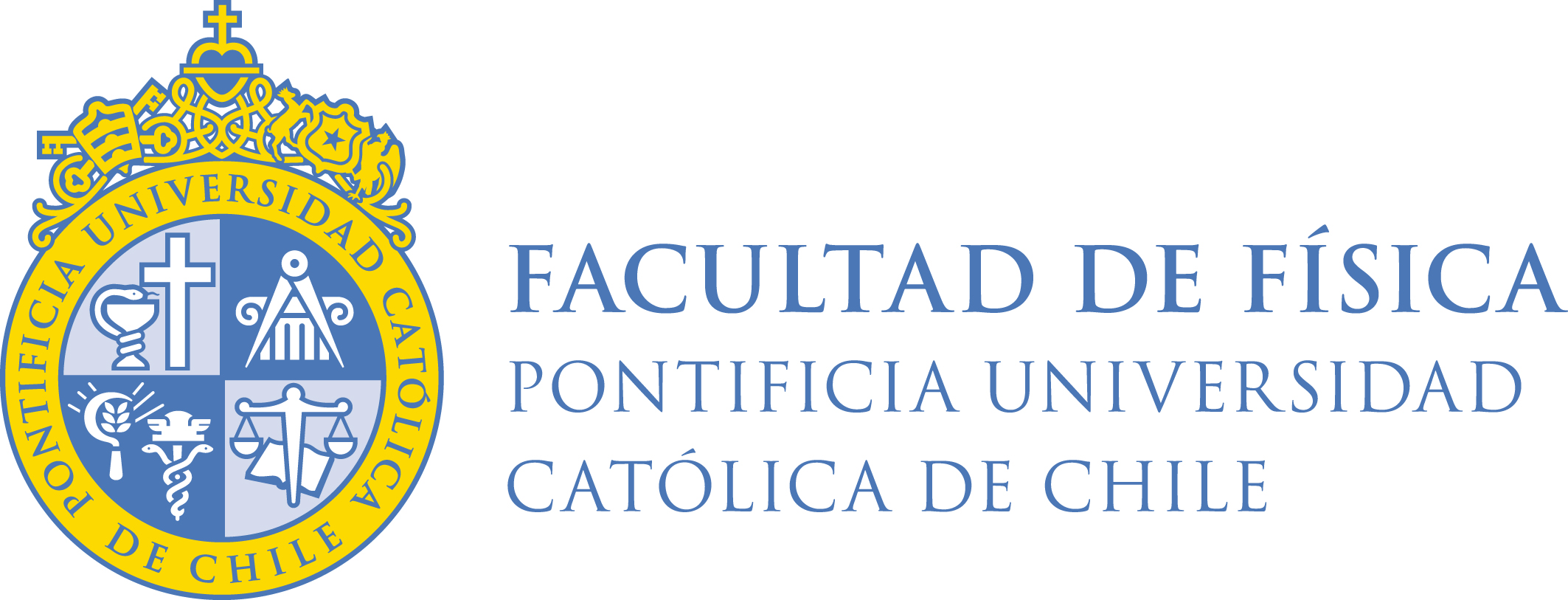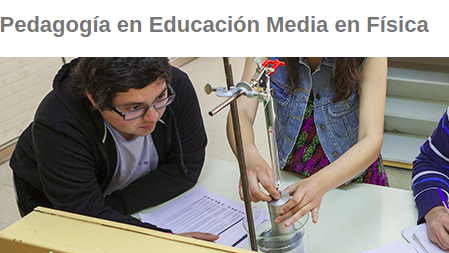Micro-Nano physics: Assembling matter with light and probing magnetic nanostrututres with color centers in diamond (Prof. Luis Martínez Rodríguez, Laboratoire Charles Coulomb, Université de Montpellier)
Desde Agosto 11, 2016 16:00 hasta Agosto 11, 2016 17:00
Micro-Nano physics: Assembling matter with light and probing magnetic nanostrututres with color centers in diamond
In this talk I will show you the work that we have done in a technique which we term light-assisted templated self-assembly [1] as well as the work done on the study of domain walls in ultra- thin ferromagnetic layers using scanning-NV magnetometry [5].
We experimentally demonstrate the technique of light-assisted, templated self-assembly (LATS) by exciting a guided-resonance mode of a photonic-crystal slab with 1.55 μ m laser light to create an array of optical traps. We demonstrate assembly of a square lattice of 520 nm diameter polystyrene particles spaced by 860 nm [2]. In a step forward we use an optical analogue of epitaxial growth to assemble gold nanoparticles into 2D arrays. Particles are attracted to a growth template via optical forces and interact through optical binding [3]. Competition between effects determines the final particle arrangements. We experimentally demonstrate growth of a highly stable array of fifty, 200- nm-diameter gold particles with spacing of 1.1 μm [4]. Our results demonstrate how LATS can be used to fabricate reconfigurable structures with symmetries different from traditional colloidal self-assembly, which is limited by free energetic constraints.
The ability to map magnetic field distributions with high sensitivity and nanoscale resolution is of crucial importance for the development of new applications in spintronics and quantum technol- ogy. In our work, the applied magnetic field is evaluated by measuring the Zeeman shifts of the NV defect spin sublevels. More precisely, a diamond nanocrystal hosting a single NV defect is attached at the end of the tip of an atomic force microscope (AFM) and used as a single spin scanning probe magnetometer. If the probe spin is brought near a target, it will feel the presence of any local mag- netic field emanating from the vicinity, causing a shift of the associated ESR, and thus providing a quantitative measurement of the magnetic field within an atomic-sized detection volume. In this talk I will show how scanning-NV magnetometry can be used as a powerfull tool to tackle fundamen- tal problems in nanomagnetism, focusing on the study of domain walls in ultra- thin ferromagnetic layers with perpendicular magnetic anisotropy [5, 6, 7]."












